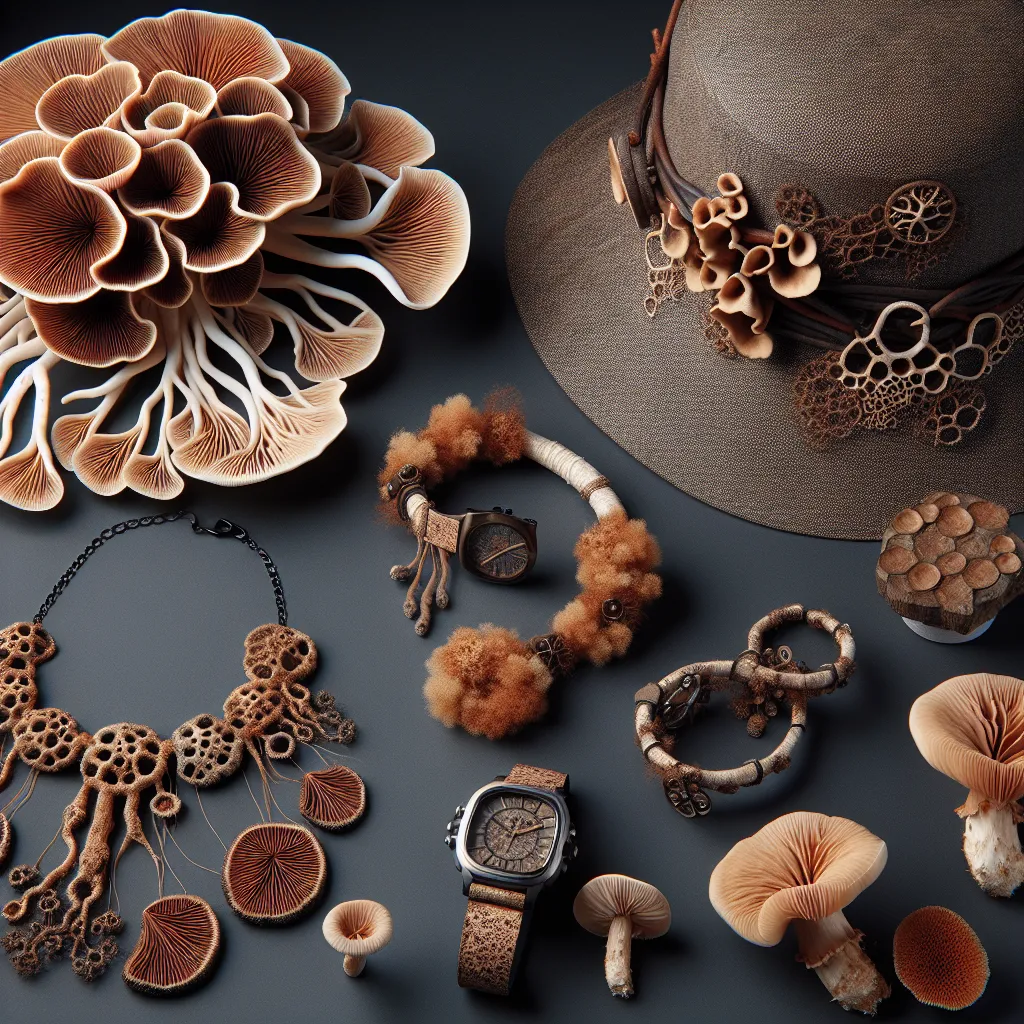In the quest for sustainability, nature often presents solutions in the most unexpected forms. Among these, mushroom mycelium stands out as a versatile and biodegradable material that is transforming the recycling industry. This article explores the innovative ways in which mycelium is being used to convert waste into valuable products, offering an insight into a future where recycling aligns seamlessly with the natural world.
Understanding Mycelium
Mycelium is the vegetative part of a fungus, consisting of a network of fine white filaments known as hyphae. These hyphae spread underground or within decaying plant matter, breaking down organic compounds and playing a crucial role in nutrient cycling. But beyond its natural ecological functions, mycelium is gaining attention for its potential in recycling and sustainable manufacturing.
Mycelium in Waste Recycling
The unique properties of mycelium are what make it effective for recycling. It can grow on a variety of substrates, including agricultural byproducts, sawdust, and even certain plastics, digesting these materials and binding them into new forms. This process not only helps in reducing waste but also creates materials that can be used in various industries.
Packaging Materials
One of the most prominent uses of mycelium is in the development of eco-friendly packaging materials. Companies like Ecovative Design have pioneered the use of mycelium-based materials to replace polystyrene and other harmful plastics. The mycelium is grown around clean agricultural waste, forming solid blocks that can be molded into any shape, providing a biodegradable and compostable alternative to traditional packaging.
Ecovative Design’s Mushroom Packaging

Building Materials
Mycelium also has applications in the construction industry, offering a sustainable alternative for building materials. Mycelium composites can be used to create panels, bricks, and other construction elements. These materials are not only environmentally friendly but also provide natural insulation and fire resistance.
The Living’s Mycelium-based Architectural Projects
Textiles and Fashion
In the fashion industry, mycelium is being explored as a source of sustainable textiles. Innovators are developing leather-like materials from mycelium, which have the potential to reduce the environmental impact of both the leather industry and synthetic leather alternatives.
MycoWorks’ Fine Mycelium Leather Alternative
Advantages of Mycelium Recycling
The process of recycling with mycelium offers numerous environmental benefits:
- Reduced Waste: Mycelium can consume and repurpose various forms of waste, reducing the amount sent to landfills.
- Biodegradability: Products made from mycelium are completely biodegradable, returning to the earth without leaving toxic residues.
- Low Energy Requirement: Mycelium grows at room temperature and does not require high-energy inputs, making the production process energy efficient.
- Carbon Neutral: The growth of mycelium materials captures carbon, potentially offsetting emissions from other production processes.
The Challenges Ahead
While the potential of mycelium-based recycling is immense, there are challenges to overcome. Scaling up production to meet global demands, ensuring consistent quality, and developing efficient distribution systems are some of the hurdles faced by this emerging industry.
Mycelium in Action
Several initiatives and projects across the globe are demonstrating the practical applications of mycelium in recycling and sustainable production:
- Stella McCartney’s Mycelium-based Fashion: This luxury fashion brand has showcased garments made from mycelium-based materials, setting a trend in sustainable fashion.
- Mycelium Research at Universities: Academic institutions are leading research into the properties and applications of mycelium, contributing to its development and commercialization.
Stella McCartney’s Mycelium Fashion Initiative

Educating and Inspiring Change
To maximize the impact of mycelium in recycling, it’s essential to educate the public and industries about its benefits. Workshops, exhibitions, and collaboration with designers and artists can help raise awareness and inspire more sustainable practices.
Conclusion: Embracing Mycelium’s Potential
Mycelium presents a remarkable opportunity to rethink recycling and waste management. Its ability to transform trash into treasure not only showcases the ingenuity of nature-based solutions but also aligns with the principles of a circular economy. As technology and processes continue to evolve, mycelium could play a pivotal role in shaping a more sustainable future. By embracing these natural processes, we open the door to a world where waste becomes a resource, and sustainability is woven into the fabric of everyday life.
